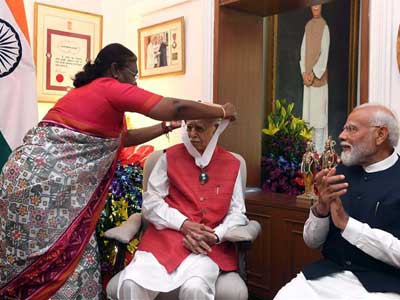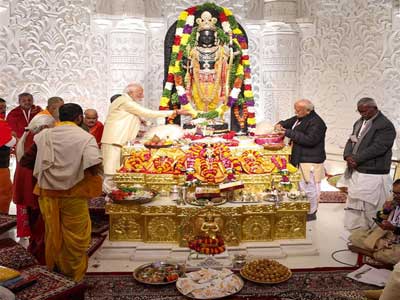The States Reorganisation Act of 1956, which reshaped India's political landscape based on linguistic lines, has left a complex and divisive legacy that continues to resonate to this day. The initial drive to reorganize states based on languages was intended to promote cultural identity and administrative efficiency.
However, the process has led to unforeseen consequences, with India now having 29 states compared to the original 14 in 1956.
Read in Hindi: राज्यों के भाषायी पुनर्गठन के बजाय छोटी प्रशासनिक इकाइयों पर हो विचार
While language can be a powerful tool for cultural expression and identity, the experience of India's linguistic reshaping suggests that it alone does not determine the unity or division of a nation. The fragmentation of states based on language has highlighted that socioeconomic factors often play a more significant role in shaping the fabric of a nation.
The hurried nature of the reorganization process, driven by political pressures and a desire to appease various linguistic groups, led to decisions that did not always consider important factors such as geography, population size, and natural resource distribution.
Leaders like Pt Jawahar Lal Nehru and other Congress stalwarts pushed for linguistic reorganization, viewing it as a means to empower regional identities and foster a sense of belonging among diverse linguistic communities. The roots of this linguistic approach can be traced back to the reorganization of regional branches of the Congress on linguistic lines in 1921, which set the stage for post-independence restructuring.
However, the unintended consequence of this linguistic reorganization has been the reinforcement of ethnic, cultural, and sectarian identities within states, at times challenging the broader notion of a unified national identity.
While leaders like Mahatma Gandhi and Kaka Kalelkar advocated for smaller administrative units to promote grassroots governance and community engagement, the proliferation of states based on language has arguably complicated the administrative and governance challenges faced by the nation.
Dr BR Ambedkar, the key architect of India's constitution, recognized the need for effective governance structures that balanced regional aspirations with national unity. The proliferation of states based on language has undoubtedly shaped India's political landscape, but it also raises questions about the broader implications for national integration and administrative efficiency.
As India continues to grapple with the legacy of linguistic reorganization, it is essential to reflect on the dual nature of this process – one that aims to empower linguistic identities while inadvertently accentuating divisions within the nation.
Moving forward, a nuanced approach that balances the promotion of regional identities with the imperative of national unity will be essential to navigate the complexities of India's linguistic reshaping and ensure a cohesive and inclusive future for the nation.
The 1956 States Reorganisation Act, which redrew India's map along linguistic lines, was intended to promote unity and cohesion. However, the outcome has been far from it. Instead, the country has witnessed increased fragmentation, sectarianism, and divisive politics.
The reorganisation was done in haste, disregarding logical considerations such as geographical area, population size, and natural resources.
KM Panikkar's 1956 SRC report recommended smaller, evenly balanced states, while Rajaji wrote that reorganizing states based on language was the greatest mistake after independence. A member of the 1953 committee constituted by Nehru apprehended that language-based states would be intolerant, aggressive, and expansionist.
The notion of linguistic superiority has fueled parochialism and divisiveness. The three-language formula has failed, and the country's linguistic landscape remains a tapestry of over 800 languages, fueling sectarian interests and triggering divisive aspirations.
Frequent demands and mass agitations, as seen in Telangana and Uttarakhand, prove that there is dissatisfaction and political complications. The time has come to rethink the linguistic basis of state reorganization and consider smaller, more effective administrative units that can tackle local problems promptly. Only then can India move towards true unity and cohesion.


















Related Items
India’s handcrafted identity at the Trade Fair
Rights of transgender persons in India
India stuck in traffic; Cities halt, Horns holler, and time takes a nap